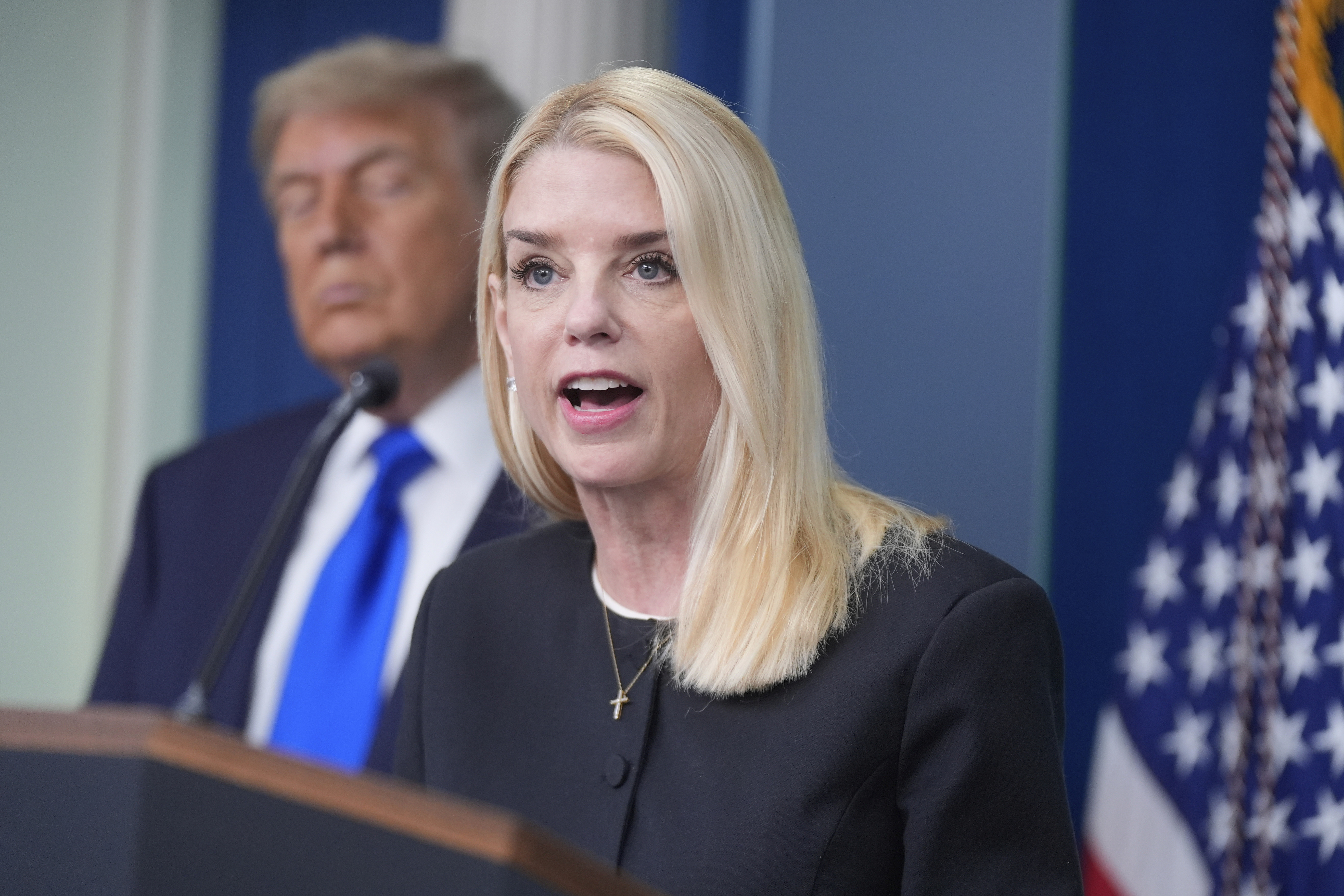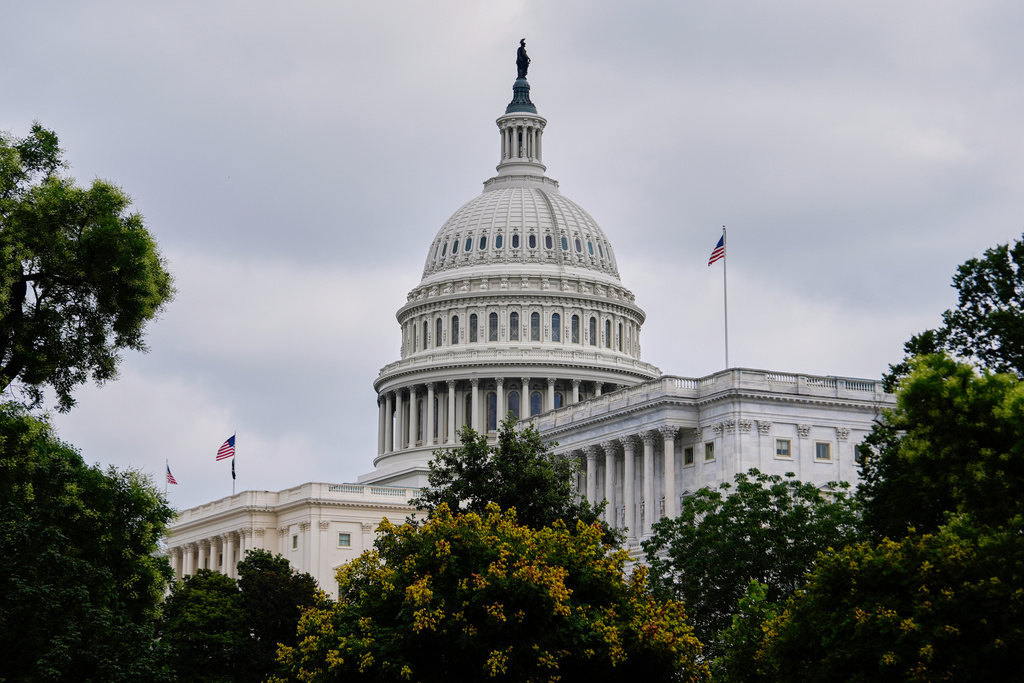It’s the monthly check-up on the U.S. economy. A gauge on the health of the job market.
Let's unpack the U.S. Labor Department's monthly jobs report — or, as the Labor Department calls it, "the employment situation."
It’s a snapshot showing how many jobs the economy created the month before, how many people are currently unemployed and other labor data points. But how are these reports made?
Scripps News asked Dean Baker, senior economist at the Center for Economic and Policy Research, who has decades of experience breaking down the numbers.
The establishment survey gives a glimpse at employment status through a business lens. It lays out which industries saw spikes or drops in employment, or the types of jobs that saw ups or downs in workers.
It also helps tracks changes in workers' average hours and hourly earnings.
Then there's the household survey, which looks at the economic landscape through the labor force’s lens. It tracks statistics like how many people are looking for work or are currently working. It also gives economists a breakdown by ethnicity and gender.
Overall, the jobs report is the largest and most detailed account of monthly employment in the U.S. if you want a zoom-in and zoom-out angle on the inner workings of the labor market, this massive report can give you most of what you need: participation rate, president’s using numbers to their advantage and trust in the system.
The data is based off estimates and not full official counts of the entire labor force, which is now over 160 million strong in the U.S. But it’s still a key indicator of where the economy may be heading next.
The Labor Department revises its data twice more after its initial release, which is typically on the first Friday of the next month.
Presidents all use the data to highlight economic successes.
So investors, policymakers, and everyone on the economic frontlines — keep an eye on those reports at the beginning of the month, for a better idea on which direction the economy could be heading next.

Disney World reaches union deal with minimum $18 hourly wage
The starting minimum wage for union service workers at Disney World is going from $15 to $18 an hour by the end of the year.










